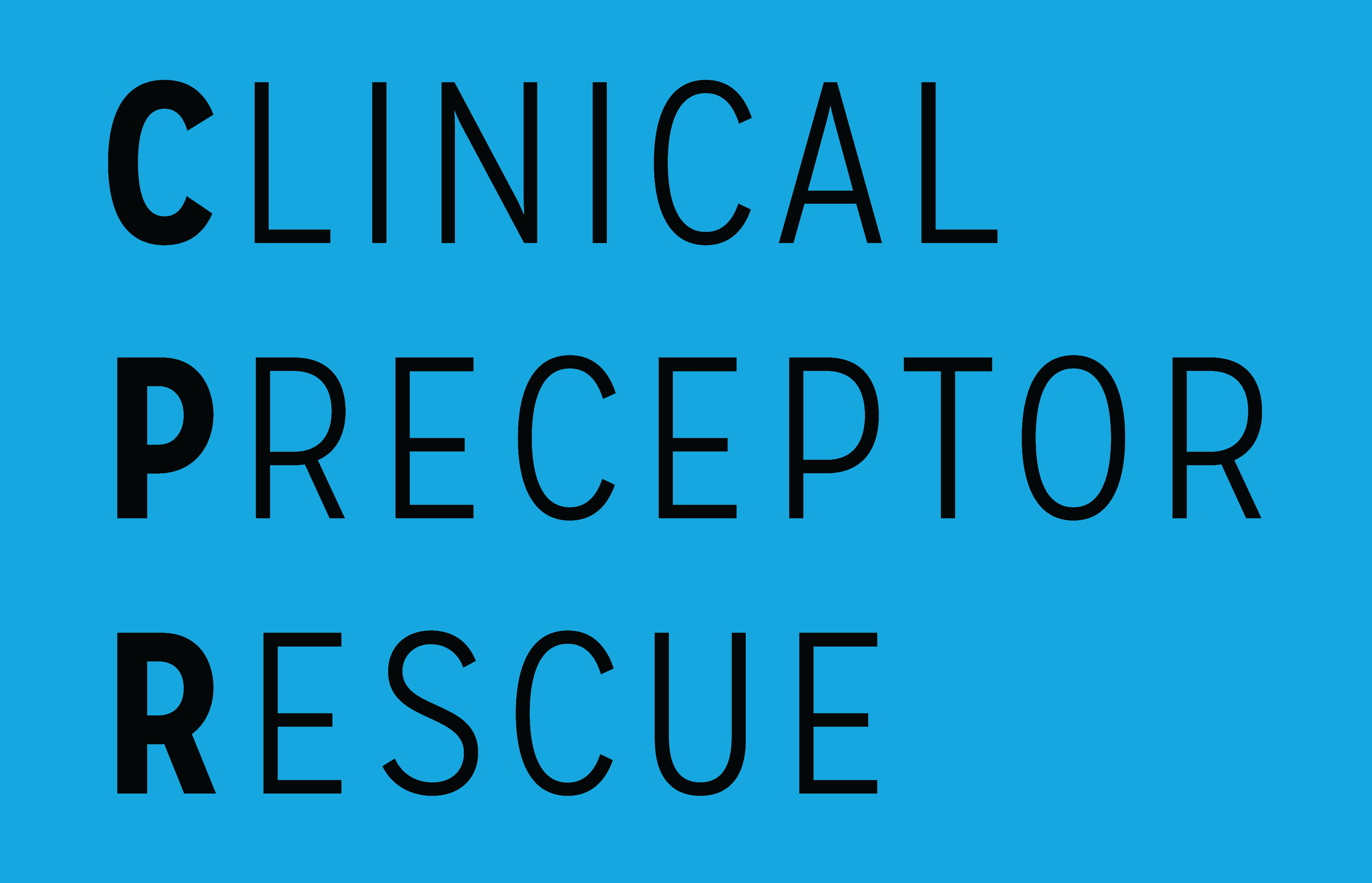As the demand for healthcare providers continues to rise, nurse practitioner (NP) students in Southern California are actively seeking preceptors in the field of obstetrics and gynecology (OBGYN). This quest is particularly notable among students from renowned institutions like Walden University and Chamberlain University, both of which offer robust NP programs designed to equip future healthcare leaders with essential skills. Walden and Chamberlain are both online programs so they offer a unique experience for professionals looking to further their education in healthcare.
The Need for Preceptors
The role of preceptors is crucial in NP education, as they provide hands-on training and mentorship in clinical settings. In Southern California, particularly in urban areas like Los Angeles and San Diego, the demand for OBGYN services is high. However, the number of available preceptors has not kept pace with the growing student population, making the search for qualified mentors a pressing issue for NP students. At Clinical Preceptor Rescue, we take pride in helping students graduate on time and get great clinical experiences with preceptors.
Walden University and Chamberlain University
Both Walden University and Chamberlain University have established a strong reputation for their nursing programs. Walden offers a comprehensive online NP program with a focus on family and women’s health, while Chamberlain emphasizes hands-on clinical practice and a strong community health component. Students from these universities often find themselves navigating a competitive landscape to secure preceptor placements, particularly in specialties like OBGYN where mentorship can significantly influence their future practice.
Urban Centers: Los Angeles and San Diego
Los Angeles and San Diego serve as prime locations for NP students seeking OBGYN preceptors due to their diverse populations and extensive healthcare networks. Hospitals, community clinics, and private practices in these cities are potential sites for clinical rotations. However, the challenge remains for students to connect with preceptors willing to take on additional mentoring responsibilities.
Efforts are underway within both universities to facilitate these connections. Networking events, outreach programs, and partnerships with local healthcare organizations aim to bridge the gap between NP students and potential preceptors, ensuring that the next generation of nurse practitioners is well-prepared to meet the healthcare needs of their communities.
